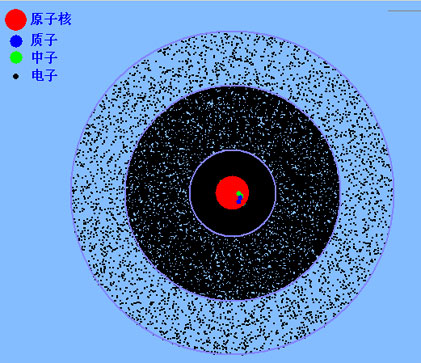Physically he was big and booming, with a voice that made the timid shrink. Once when told that Rutherford was about to make a radio broadcast across the Atlantic, a colleague drily asked: "Why use radio?" He also had a huge amount of good-natured confidence. When someone remarked to him that he seemed always to be at the crest of a wave, he responded, "Well, after all, I made the wave, didn't I?" C. P. Snow recalled how once in a Cambridge tailor's he overheard Rutherford remark: "Every day I grow in girth. And in mentality."

But both girth and fame were far ahead of him in 1895 when he fetched up at the Cavendish. 1 It was a singularly eventful period in science. In the year of his arrival in Cambridge, Wilhelm Roentgen discovered X rays at the University of Würzburg in Germany, and the next year Henri Becquerel discovered radioactivity. And the Cavendish itself was about to embark on a long period of greatness. In 1897, J. J. Thomson and colleagues would discover the electron there, in 1911 C. T. R. Wilson would produce the first particle detector there (as we shall see), and in 1932 James Chadwick would discover the neutron there. Further still in the future, James Watson and Francis Crick would discover the structure of DNA at the Cavendish in 1953.











